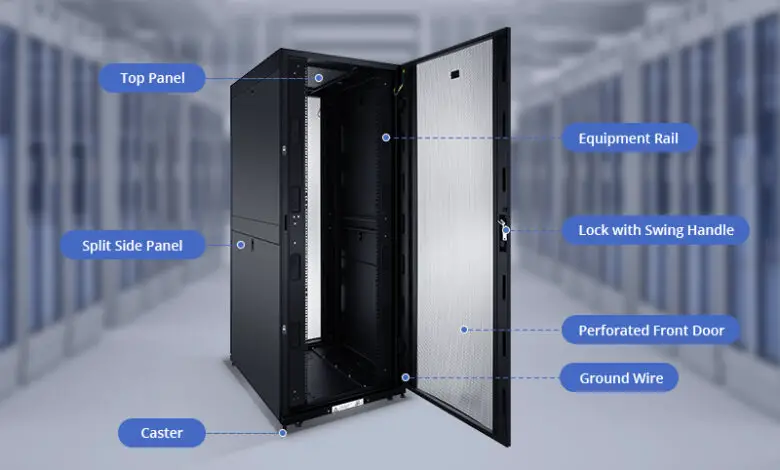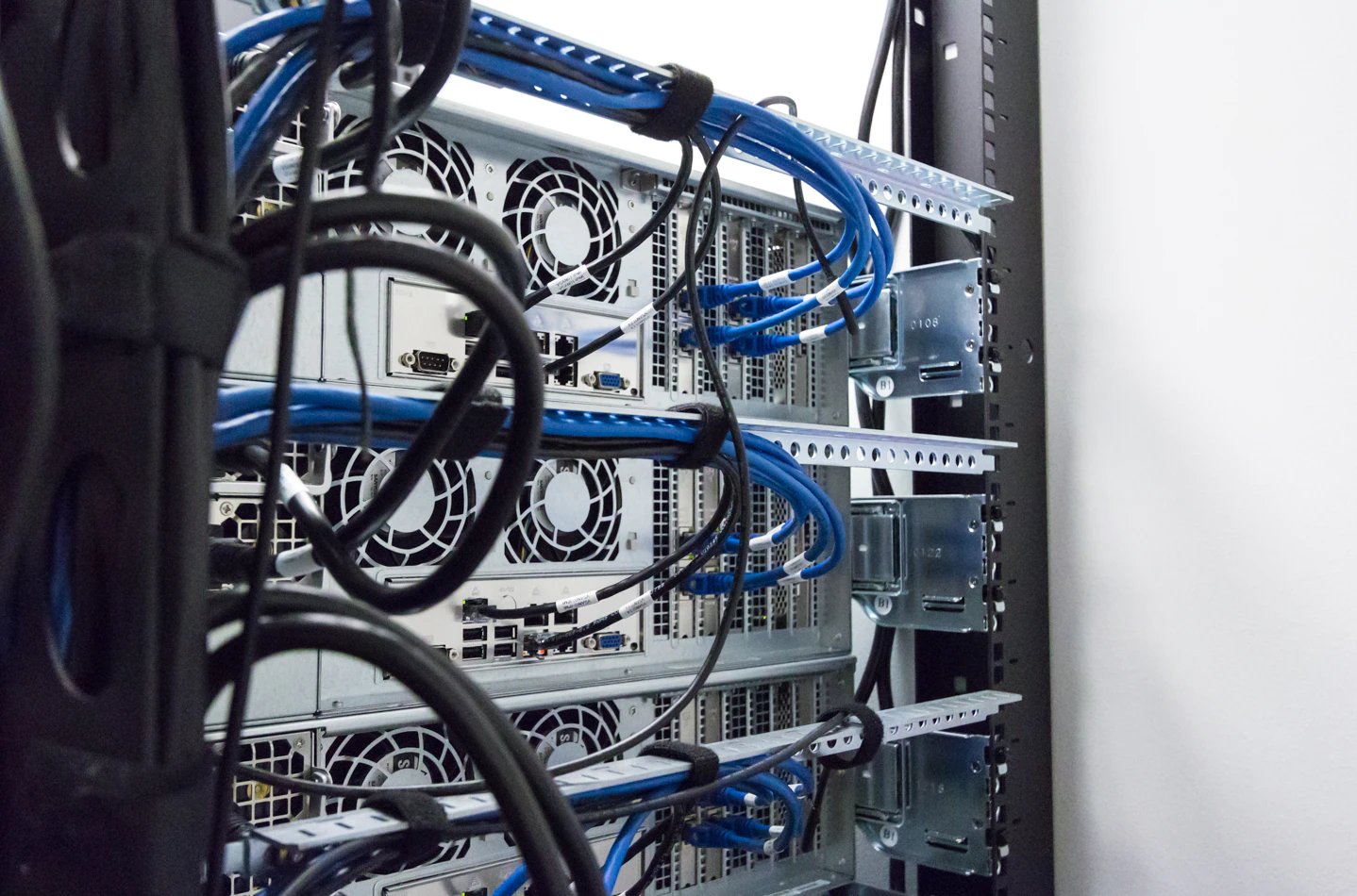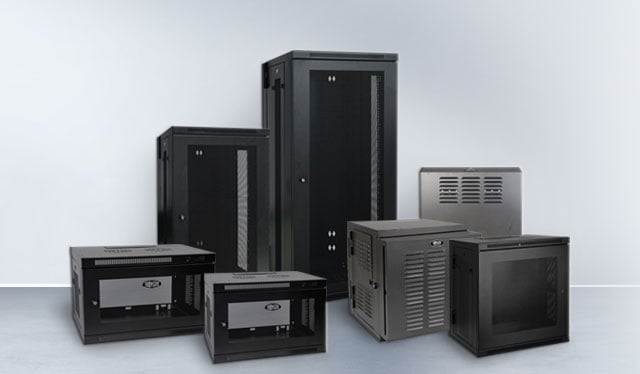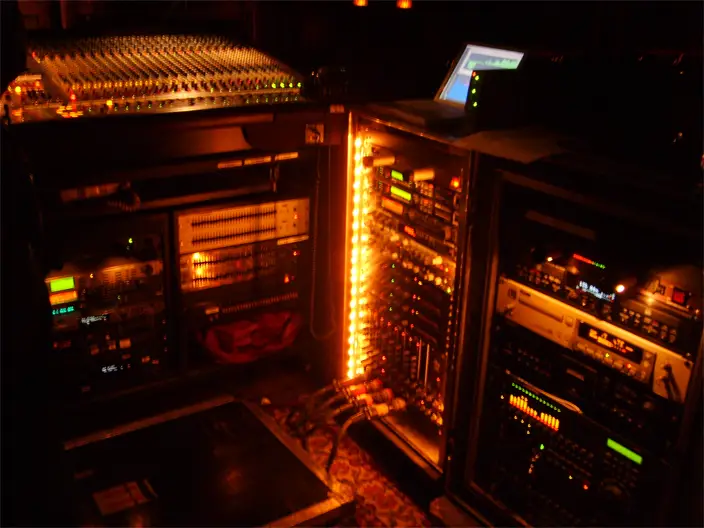Types of Server Racks – 2024 Guide

Data centers stand behind each facility, infrastructure, store, or bank. Thus, it is impossible to avoid modern technologies since they have penetrated all spheres of our lives. Server systems are huge amounts of computing devices organized in a single unit to perform as a single body and cope with complicated tasks (datum processing and calculations) quickly and effectively.
However, to ensure their uninterruptible and smooth operation, system administrators must create optimal conditions for hardware allocation, storage, and performance. Specialized durable furniture is used for this purpose. Modern companies produce several types of furniture for data centers and server systems to satisfy the demands of all clients.
Server furniture is open-frame or enclosed metal constructions used for IT equipment storage. Bodies are equipped with all the required tech slots and holes, accessories, and tools to guarantee durable accommodation. Server enclosure, that is offered on the website, allows housing the following kinds of hardware:
- OT infrastructure;
- IT production equipment (PCs, computers, etc.);
- rack accessories (cable organizers, panels, shelves, etc.).
If you need a reliable and durable server enclosure, study the catalog. High-quality models from leading brands are offered. Managers assist in selecting appropriate options for any demand.
Common Kinds of Sever Furniture
Let’s highlight the most popular server rack types and outline their peculiarities, pros, and cons.
1. Open-frame bodies

These constructions do not have side panels. Their bodies consist of 2 or 4 vertical uprights and a solid framework on the bottom to ensure furniture rigidity. Equipment is attached to holes made in posts. Additionally, shelves and mounting rails can be added. Such models have the following pros:
- perfect air circulation and unhindered airflow, which simplifies cooling and eliminates the necessity to install forced ventilation tools;
- easy installation takes just half an hour and does not require special experience;
- comfortable maintenance due to unhindered access from all sides;
- easy cable routing since the staff can lay wires as they need;
- a wide variety of models from small to large racks allows housing different amounts of components.
However, such furniture lags in terms of security since bodies cannot protect equipment from external influences. Thus, such products are perfect for closed rooms.
2. Enclosed constructions
These models are reminiscent of metal boxes with specialized slots. Their constructions include removable rear and front doors, side panels, and 4 adjustable vertical mounting rails. Perforation is applied to improve air circulation. Such furniture is beneficial due to the following advantages:
- perfect equipment protection. Durable metal enclosures protect hardware from environmental impacts (debris, sunlight, and moisture) and human factors (intentional or accidental damage).
- due to high-security characteristics, models are ideal for installation in stores, banks, and other public spaces. Bodies prevent equipment from unauthorized access.
- removable panels allow accessing devices easier.
- portability without the need to disassemble network systems. If you need to relocate a cabinet, you can keep devices inside.
As for shortcomings, bodies hinder air penetration, which is why the installation of forced ventilation systems is required. Special slots are provided for cable wiring.
3. Wall-mount cabinets

This type of construction differs from the above-mentioned in the place of installation. While the two first categories are floor-standing, these bodies are attached to walls and vertical surfaces. Usually, these are solid enclosures of small or medium size. Due to the specifics of hanging, the loading capacity is limited; bolts can support a particular weight. This is why such solutions are suitable for small network systems. This option has the following benefits:
- floor space ergonomics, which is ideal for small premises;
- high protection barrier due to solid enclosures;
- perfect for home offices.
However, such bodies are not suitable for large system accommodation. They are used for compact hardware.
Parameters to Keep in Mind when Selecting Appropriate Models
The smoothness of system operation and its durability directly depend on the correctly chosen cabinet type. Specialists realize the importance of this step and approach it responsibly. Here’s a detailed guide on what criteria to evaluate to find the best option among different types of server racks.
Size
To determine the needed size, it is necessary to make a list of all the devices to be housed inside racks and make a layout of their placement. It is recommended to make a 3D draft; visualization will help allocate devices correctly and eliminate possible mistakes. When calculating the right size, make sure to leave space for:
- cable routing;
- fan installation;
- additional equipment for the case of system expansion.
Calculate the height of the required cabinet. Remember the specifics of measuring the rack height in units (1U = 1,75 inches).
AV or IT-based installations
Here, the choice depends on the type of hardware to be accommodated. If you deal with IT devices that have cabling management and I/O from the front side, IT racks are chosen. For hardware with rear-facing I/O, AV models are used. They are usually shallower in depth.
Cooling efficiency
The creation of optimal environmental conditions can either prolong or reduce hardware service life. Insufficient cooling quickly leads to overheating since hardware emits much heat during operation. Thus, think about the way the system will cool. Leave a place for fan mounting or use other means for forced ventilation if the natural airflow is not enough.
Width of an equipment

19-inch racks are standard in the industry since most IT equipment requires this width for installation. However, some companies produce custom cabinets for individual widths.
Security
Latches and locks are used to protect equipment from unauthorized access. Cabinets are produced from shockproof metal. Tinted doors are installed. These means help keep hardware secure.
Flexibility and manageability
Think about maintenance, cable management, and other supplementary issues. Will it be convenient for the staff to maintain hardware? How to organize cables to ensure their compact and secure routing? You should foresee all these points at the stage of furniture selection.
The modern market offers diverse solutions for all kinds of IT systems and their sizes. Manufacturers produce durable constructions for data centers. To find the best rack type, specialists should evaluate the place of installation and the size of the system. A properly chosen cabinet guarantees that a system will function durably and eliminates troubleshooting.
